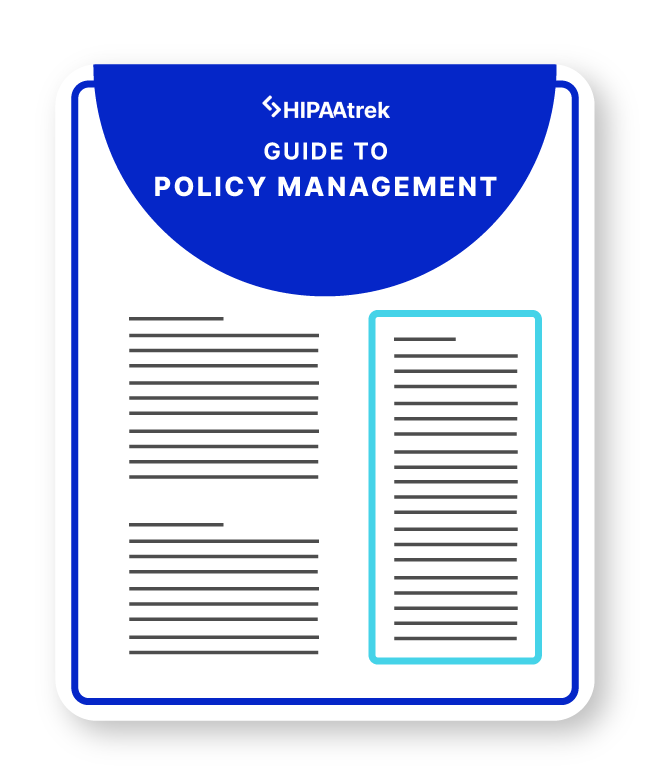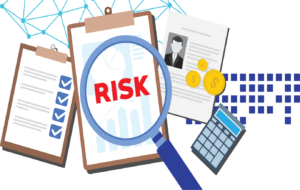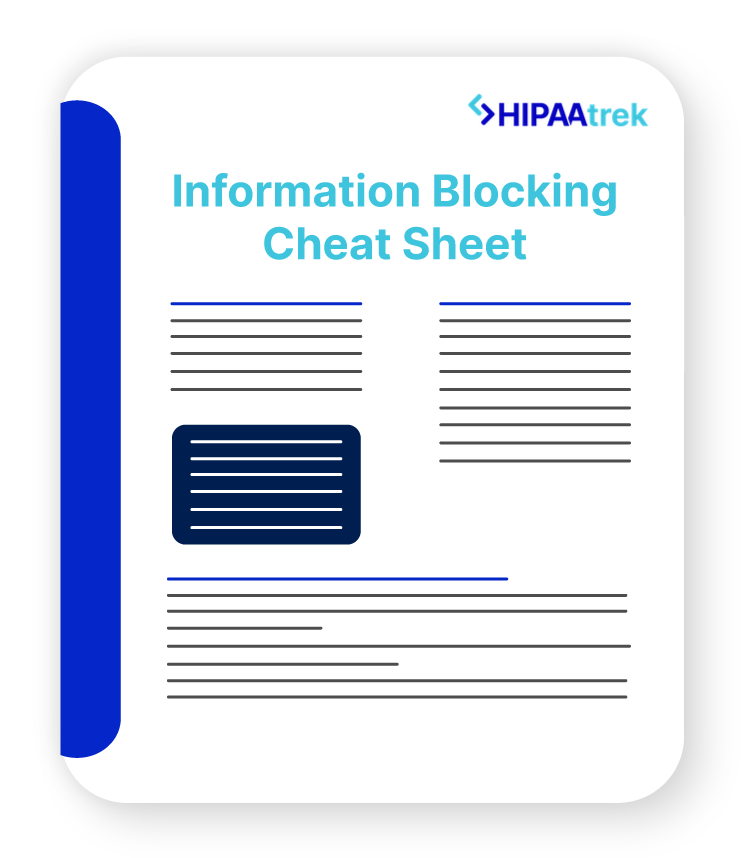As a rural health clinic (RHC) or federally qualified health center (FQHC), you must have an Emergency Preparedness Plan in place. First, you did an all-hazards risk assessment. Next, you created policies and procedures that show how to evacuate patients and staff, how they’ll shelter in place, how you’ll keep medical records safe, and how you’ll use volunteers of all skill levels. But how will you carry out all these procedures if you don’t have a communications plan?
Emergencies often make communication difficult, which can lead to more danger. Additionally, untrained staff or faulty communication systems can make it hard to carry out your emergency plan. Therefore, you can’t have a reliable emergency preparedness plan without a communications plan.
What’s in an Emergency Communications Plan?
Your communications plan will list the names and contact information of all people involved, including:
- Staff members
- Patients’ doctors
- Volunteers
- People providing arranged services
- Other RHCs or hospitals
- State or local emergency services
Furthermore, other sections of your communications plan should include:
- A way to communicate patients’ location and general condition in a HIPAA-compliant manner.
- A plan to notify the Incident Command Center about your status and needs.
- A recall roster to help you contact off-duty workers about whether they should report to duty or stay away.
- Means of communication that have been tested and can be used to contact other agencies. During an emergency, land lines or cellphones may not work, so have backup options available, such as HAM radios, Walkie-Talkies, or Radio Amateur Civil Emergency Services (RACES).
- Decide who will handle emergency communications, which is usually the clinic administrator.
Don’t wait until disaster strikes to start your emergency communications plan and train your staff. Therefore, develop your plan now and test it so you can be confident that your clinic can communicate in any situation.
Lastly, review your HIPAA policies for any areas of the emergency preparedness plan that you’ve already addressed. At HIPAAtrek, we’ve developed an RHC/FQHC Emergency Preparedness Plan Package that includes a crosswalk between HIPAA and emergency preparedness, an emergency plan checklist, a risk assessment form, policies, and much more. Request a demo of the HIPAAtrek platform or contact us for more information.
Overwhelmed? Grab our Guide to Policy Management!
Without the right tools, policy management can be a lot to handle. We’ve created this workflow to get you started.














